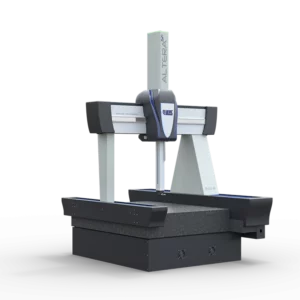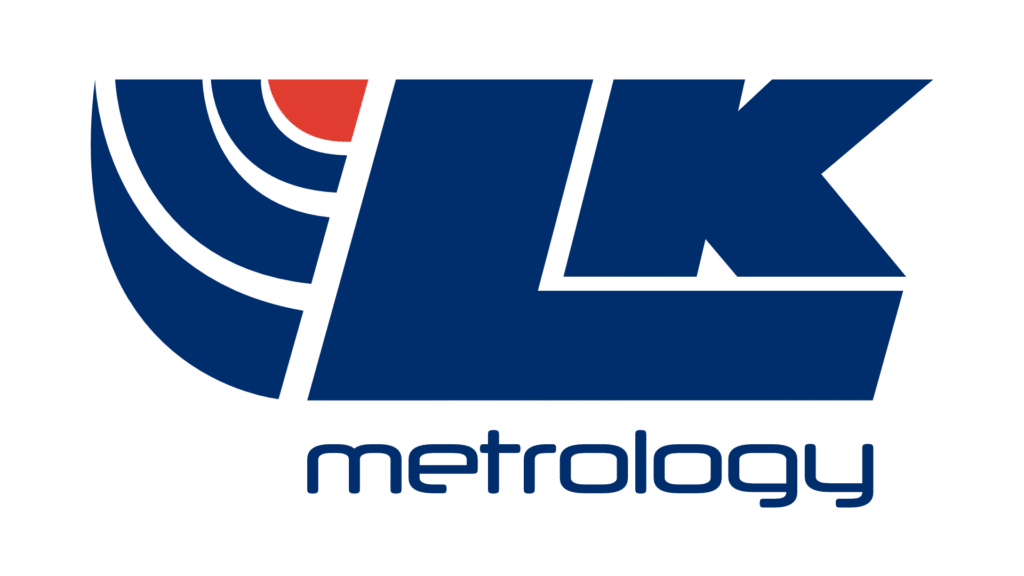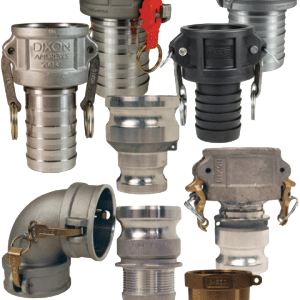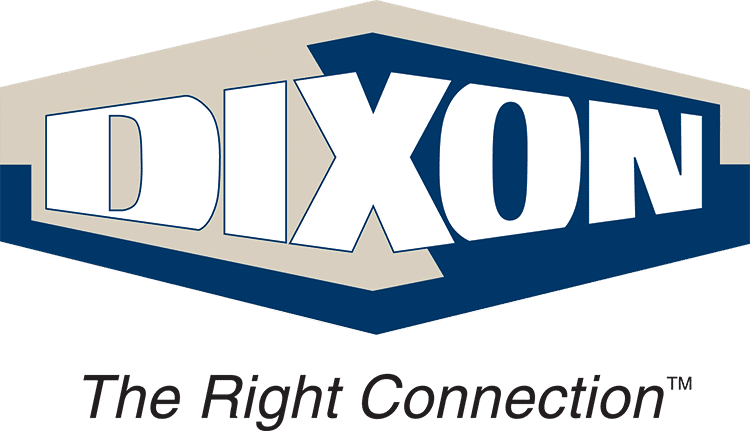7th axis robot transfer units (RTUs) are becoming essential in industries ranging from packaging to automotive manufacturing, offering expanded reach and flexibility for robotic systems. However, conventional RTU designs often present challenges. Traditional setups typically involve mounting the robot on a platform running along a linear track. Users must also choose between two common drive options:
- Belt drives, which provide cost-effective but lower-fidelity motion suited for single carriages.
- Rack-and-pinion drives, which handle higher payloads but come with increased complexity and expense.
Bell Everman’s ServoBelt™ Linear Drive redefines this approach, offering an innovative solution to eliminate the trade-offs of traditional 7th-axis designs.
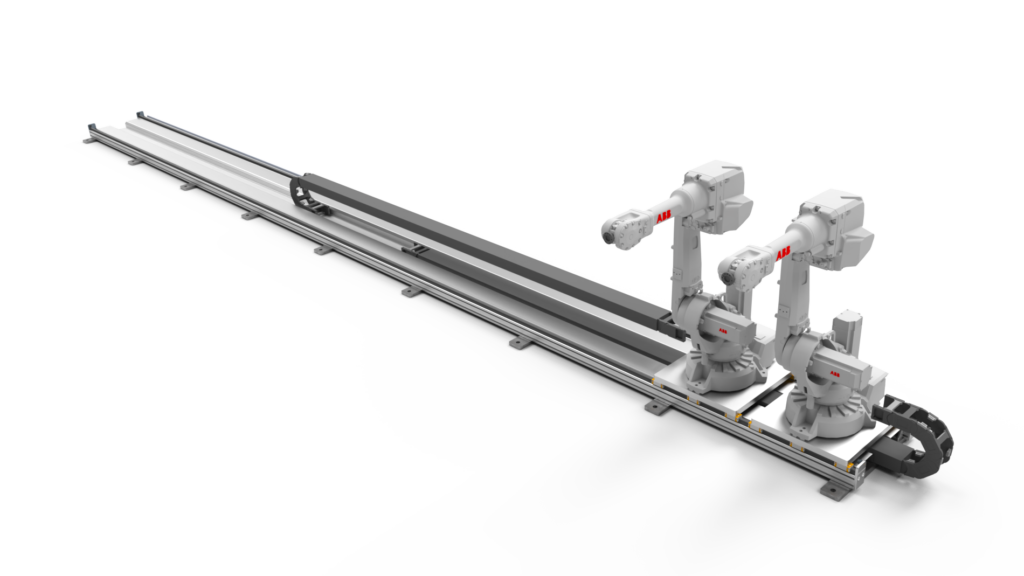
What Sets ServoBelt™ Linear Drive Apart?
Multiple Robots on a Single Axis
Unlike conventional systems, the ServoBelt™ Linear Drive supports multiple, independently controlled carriages. This capability enables RTU systems to operate multiple robots on the same motion axis, enhancing productivity and flexibility.Unlimited Travel Lengths
With ServoBelt™ Linear, RTUs are not limited by travel distance. The system supports unlimited travel lengths, making it possible to design long RTU axes that accommodate several robots working simultaneously.Standardized Components for Cost Efficiency
Built using standard, off-the-shelf ServoBelt™ Linear building blocks, these RTUs minimize costs and meet aggressive lead times. This approach ensures that the benefits of ServoBelt™ are accessible without the complexity and expense of custom solutions.
Learn more about the Advantages of ServoBelt When Designing Robot Transfer Units at Bell Everman. For more details or to learn more about Bell-Everman as a Cross Company Automation provider, reach out to one of our automation experts! We can take a look at your process and help you determine the benefits of integrating a ServoBelt™ Linear Drive from Bell-Everman can into your operation.


